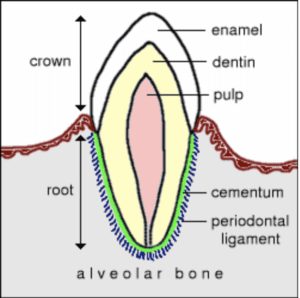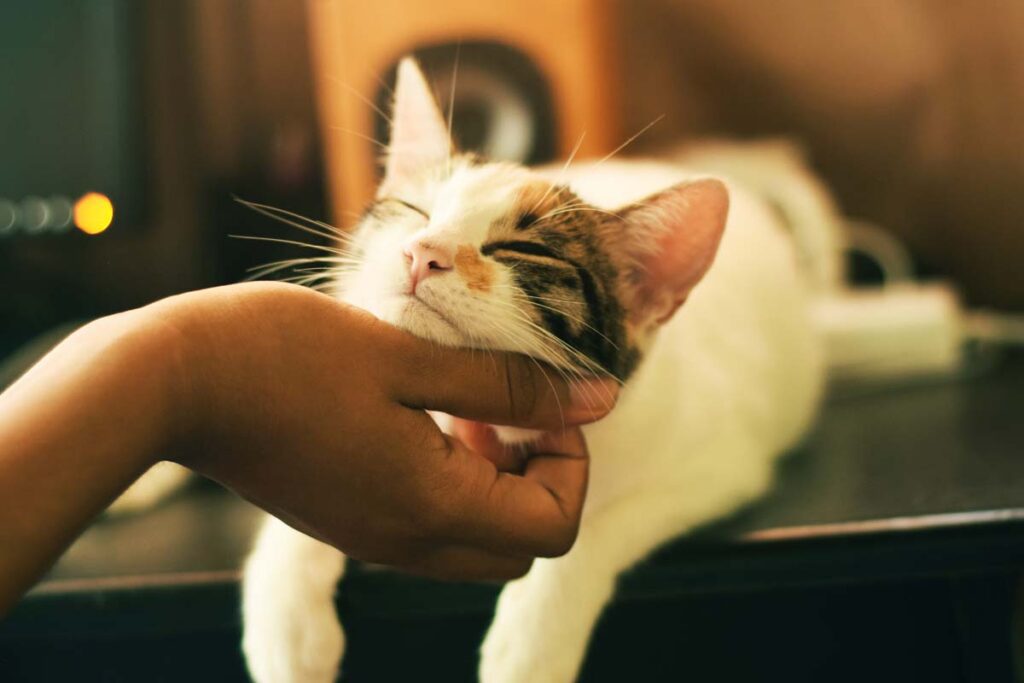So…a big question that ALL of my clients have is “Why are dentals SO DARN EXPENSIVE!!!!” In this piece, we are going to dig into the meat and potatoes of what entails a dental and where the cost is coming from.
#1: What exactly happens when my animal comes in for a dental cleaning/oral evaluation?
So you have just arrived with your beloved pet for their scheduled dental procedure. You are nervous. You trust your vet, but still feel a bit uneasy about the entire process. Totally understandable! Once you entrust your pet with the staff of the clinic, do you REALLY know what happens…the process behind it all? While I can not speak to ALL veterinary clinics’ practices, I can speak to my practices as well as other state-of-the-art facilities.
Upon arrival, your pet is greeted by your surgery tech, weighed and anesthetic medications are calculated and prepared. The veterinarian performs a physical exam on your pet to confirm nothing has changed since the last visit, and then the pre-operative sedation/analgesia is given to your pet. This injection contains medication that will help sedate and pre-treat with pain medication. After 10 minutes, your pet is feeling very comfortable and sleepy. 2 trained surgery techs place your pet on a warmed dental procedure table. An IV catheter is placed, induction anesthetic agent is given, and an endotracheal tube is placed into the trachea of your pet. Oxygen and Isoflurane gas as titrated to your pet to maintain a safe plane of anesthesia. Your pet is positioned on the dental table, covered in warming blankets, and warm IV fluids are titrated. This ends the pre-op phase of dental surgery prep. 2 trained surgery techs have performed this entire process in approximately 30-40 minutes.
At this point, the dental procedure begins. 1 surgery tech is now responsible to monitor your pet around the moment. They are taking blood pressures/body temperature/O2 stats/heart rate/respiratory rate and keeping a hand on your pet at every moment. Pictures of your pet’s mouth are taken before any cleaning is performed. The other surgery tech is performing the dental cleaning using state of the art ultrasonic hand scaler. This removes all of the tartar/plaque above and below the gum line. A dental chart is completed to account for teeth present or missing. The teeth are polished with a low-speed handpiece and the mouth is rinsed with a water handpiece. An antiseptic rinse is sprayed on all of the teeth. Dental x-rays are now performed on the entire mouth. Pictures are repeated to document your pet’s teeth after the cleaning. This ends the dental prophy phase of the dental procedure.
The veterinarian now evaluates the mouth. A thorough oral examination is performed looking for any abnormalities in the entire oral cavity. A dental examination is performed using a periodontal probe to measure the gingival pockets around the entire surface of each tooth. Chips/tooth fractures are identified and evaluated. The dental radiographs are evaluated and interpreted. If dental extractions are warranted, the dental tech will make adjustments to the dental estimate. The client is called immediately to timely review the findings and treatment plan. The client gives the authorization to proceed with the treatment plan and the dental surgery begins. Depending on the severity of dental disease and surgical extractions needed, this could take anywhere between 10 minutes to 90+ minutes. During this phase, the anesthesia tech is continually communicating with the veterinarian about changes in the pet’s stats. Adjustments are made to continue to best support the pet’s cardiovascular system. If no extractions are performed, or the surgical extractions have been completed, the dental has been completed.
The anesthetic gas is now discontinued all while oxygen is continued to be administered for approximately 5 minutes. Your pet’s face is cleaned up/ dried with towels. After this, the oxygen is discontinued and your pet is transferred into a heavily padded recovery kennel and covered with warm blankets. A tech is continually monitoring heart rate/respiration/gum color during this phase of recovery. Once your pet is starting to swallow, the endotracheal tube is pulled as we know now that he or she can protect their airway. Their risk of aspiration at this point is very low. This now marks the end of the initial recovery phase.
Your pet now rests and snoozes for a few hours after the dental procedure. We continually check on your pet every 15-20 minutes to confirm they are comfortable. You arrive in the late afternoon/evening to your discharge appointment, eager to see your beloved pet! A surgery tech will review the discharge instructions with you. You schedule your recheck appointment in 2 weeks if extractions were needed. Your veterinarian is here and able to answer any questions you may have that your surgery tech cannot answer. You then are reunited with your pet!! They are wagging their tail and oh so happy to see you!
#2: What is a surgical extraction? Can’t you just “pull the tooth out?”
A surgical extraction is the most common form of dental extraction in our pets. Only in the most severe dental disease cases can you literally just “pull the tooth out” with tooth extractors. A surgical extraction requires the gingivae to be flapped back off the bone, a high-speed dental drill to brush away the bone surrounding the tooth root as well as widened the periodontal space. Handheld dental elevators are placed into the widened periodontal space to apply gentle, steady pressure to uplift the root. At times the root can fracture. This can lead to additional time to repeat x-rays and retrieve the root fragment. Once completed, the gingiva is placed back over the extraction site and sutured in place. This can be a bit tedious, especially with feline patients.

Image courtesy of www.rutlandherald.com/vetsview
#3: So why do dental procedures cost so darn much??
Referring back to question number 1, you now see the length of what is all involved in a dental procedure. That length is widened by the severity of disease and the difficulty level of the extractions. 3 highly trained individuals are providing outstanding care to YOUR baby. They are ensuring that YOUR critter is receiving the best possible care throughout the entire procedure. The equipment necessary to provide this level of care and service costs upwards for $20,000!! I look at dental cleanings like a preventive maintenance item in your home. If you are diligent in the routine care recommended, you will find that it will last much longer and save you the cost of replacing it in the near future. If you invest in complying with annual dental cleanings and at home care, you will save yourself the cost of pricy dental surgery in the near future. Unfortunately, dental disease is like rust. Once it starts, there’s no stopping it! Cost for dental care will be expensive with each subsequent dental procedure.
In closing, I hope this series has helped clear up any questions you have had about dental disease and dental procedures. Go ahead and get your beloved pet in to see your trusted vet. Discuss your new-found knowledge with them. I promise you won’t regret investing in your pet’s dental health!


